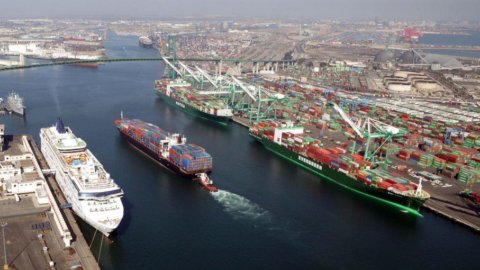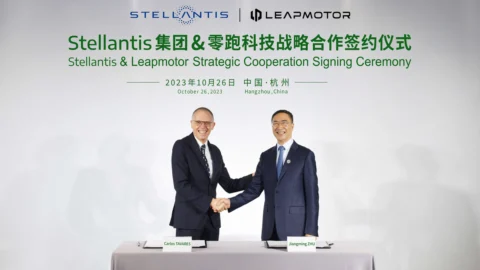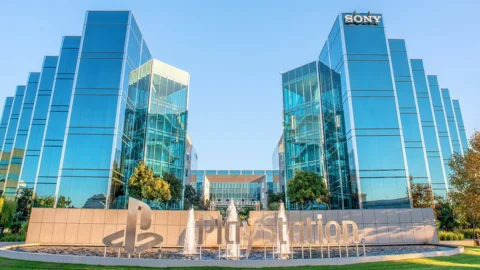Italian companies with an import-export vocation that intend to invest in the ZES - Special Economic Zone - of Campania will have the opportunity to do so both through the financial support of Intesa Sanpaolo and through the facilitated tax regime due to the tax credit and simplifications administrative and customs duties of the ZES. The phenomenon of the so-called "free zones" is constantly growing in all the countries of the world so much that from the 79 free zones in 1975 in 25 countries of the world to the current 4.500 zones in 135 countries.
During a workshop held today in Milan, organized by Intesa Sanpaolo and its subsidiary Banco di Napoli, the new features were illustrated. The meeting was attended by Francesco Guido, general manager of Banco di Napoli and regional manager of Intesa Sanpaolo for Basilicata, Calabria, Campania and Puglia, Pietro Spirito, president of the Port System Authority (ADSP) of the Central Tyrrhenian Sea, Teresio Testa, head of the Sales & Marketing Business Department of Intesa Sanpaolo and Alessandro Panaro, head of "Maritime & Mediterranean Economy" of SRM (Studies and Research for the South).
During the meeting it was recalled that the Banco di Napoli and the Port System Authority of the Central Tyrrhenian Sea signed an agreement at the end of last year to financially assist the companies awarded contracts for port works by anticipating the certified credits and other financial support related to the establishment of construction sites. For these deals Banco di Napoli has already made available a ceiling of 1,5 billion euro.
“The companies that will invest in the ZES – reads the note from Intesa Sanpaolo – will have: simplified procedures for bureaucracy and access to infrastructure; tax credit in relation to investments made up to a maximum of 50 million euros for each investment project. However, the companies will have to maintain the activity in the ZES for at least 7 years”. In addition, territorial and local public bodies will contribute to streamlining bureaucratic and administrative obligations for businesses.
The total public financial resources made available to date amount to just over 200 million euros.
Teresio Testa, head of Intesa Sanpaolo's Sales & Marketing Business Department: “The ZES represent an investment opportunity that makes it possible to rationalize the production and logistics of companies by placing them in conditions of proximity to port areas and therefore to outlet markets. In other countries, the SEZs have represented a great driving force for development that can be measured both from the point of view of individual convenience and from the perspective of the overall economic system and the interest shown by international operators in the Italian SEZs is a confirmation of the underlying potential values. In this sense, we want to be a link between companies in the North and the South, supporting the business with all the banking tools we have available and in line with our business plan. Intesa Sanpaolo, with its strong and convinced support for the initiative, both financial and non-financial, reiterates its role of advanced support for all the initiatives that can generate a qualitative leap in Italian economic growth”.
Citing the case of Tanger Med in Morocco and Mersin in Turkey, Alessandro Panaro of SRM (Studi e Ricerche per il Mezzogiorno) documented "an increase in interchange through containers of 8-9% per year in a decade, just think that in Italy only in the last two years this figure is 0,7-0,8%. This means that these tools, if well structured, can make a significant contribution to the economic, entrepreneurial and infrastructural development of an area in the medium-long term”.





